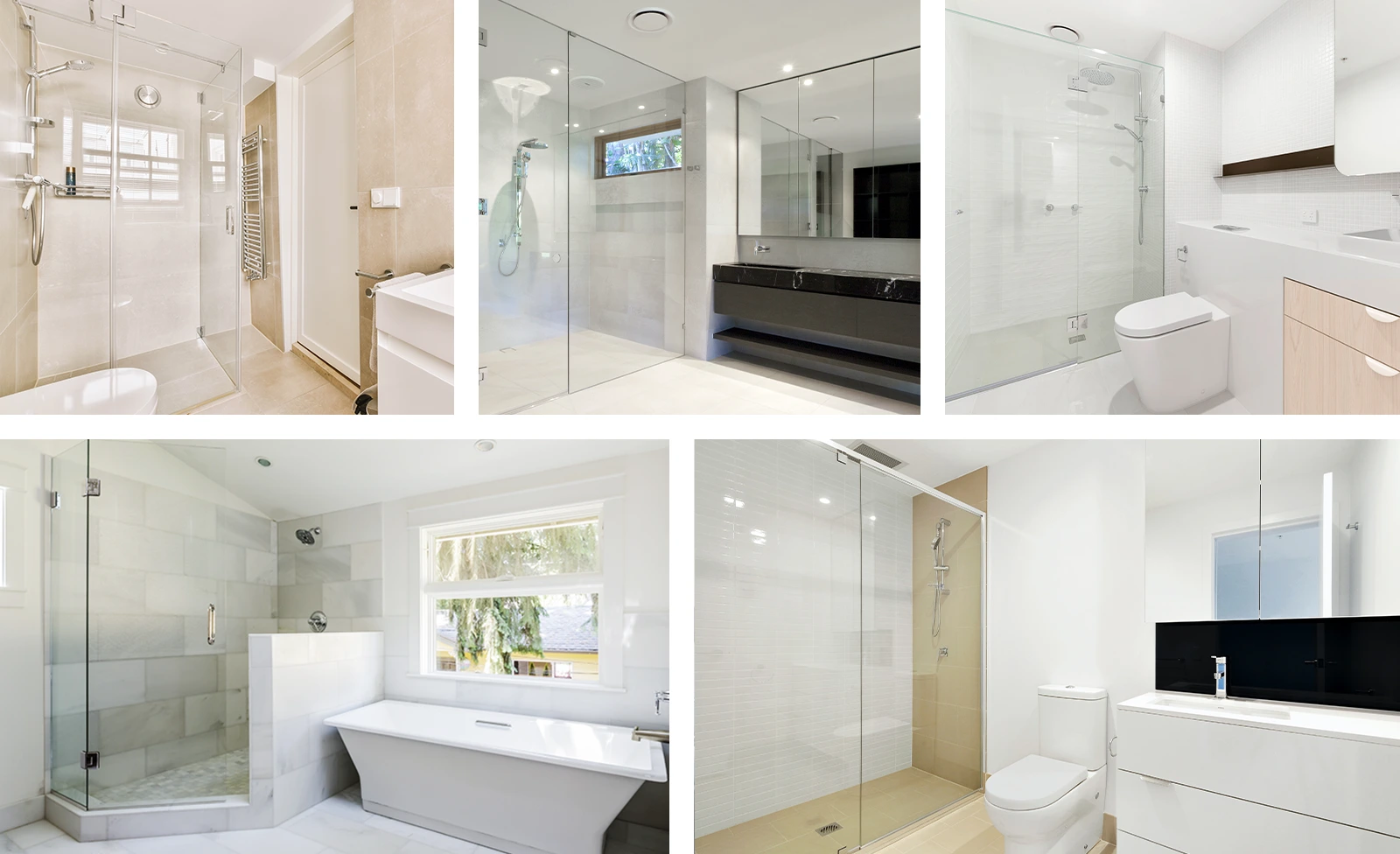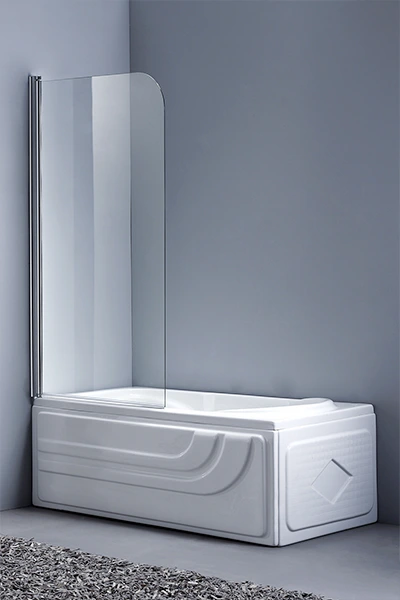
Premium stainless steel hardware and thick tempered glass. Functional towel bar.
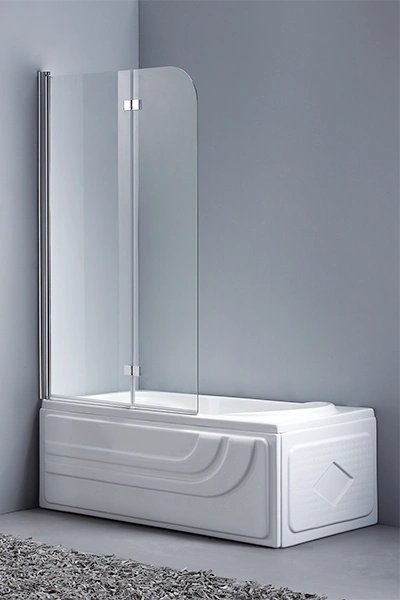
Stable stainless steel pivot and foldable hinges. Watertight seals.

Independent bath space. Rust-free header and hardware. Low-noise rollers.

Transparent tempered glass panels don't impair visibility in the room. Shower places feel more spacious.

Shower doors on the tub enhance safety, especially for elder customers. The glasses come with waterproof PVC sweeps to retain the splashes in the tub.

The bath shower enclosures can be custom-built to exactly fit the tub's specifications.

Toughened glasses applied to bath shower enclosures endure high temperatures, which is a fit for long-time bathing.

Sliding bathtub doors do not require clearance space for swinging open, making them ideal for bathrooms with limited space.
They provide convenient access to the tub, as one panel slides behind the other, creating a wide opening.
Sliding bathtub doors are available in various styles, finishes, and configurations, offering great flexibility to match different bathroom aesthetics.
Sliding bathtub doors have fewer components to clean and often have smooth surfaces, making it easier to keep them clean and free from dirt, grime, and soap scum.
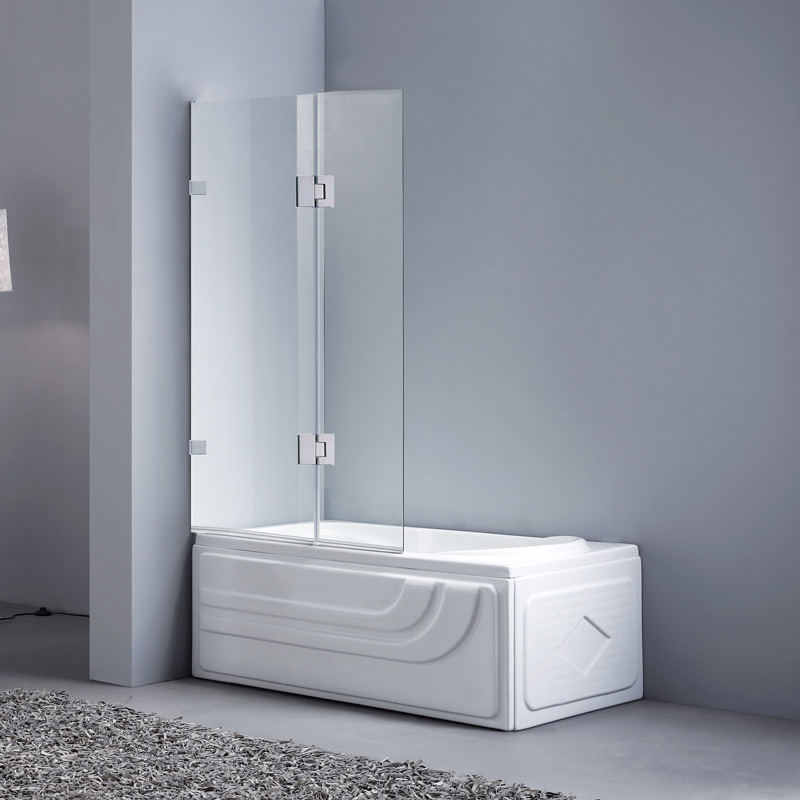
Hinge bathtub doors provide a wider entry opening compared to sliding doors, allowing for easy access to the bathtub.
Hinge tub doors are often designed to be sturdy and durable, providing long-lasting use and reliability.
Hinge bathtub doors come in a variety of designs, allowing for customization to match the bathroom decor.
Hinge tub doors can have better sealing mechanisms compared to sliding doors, minimizing water leakage.
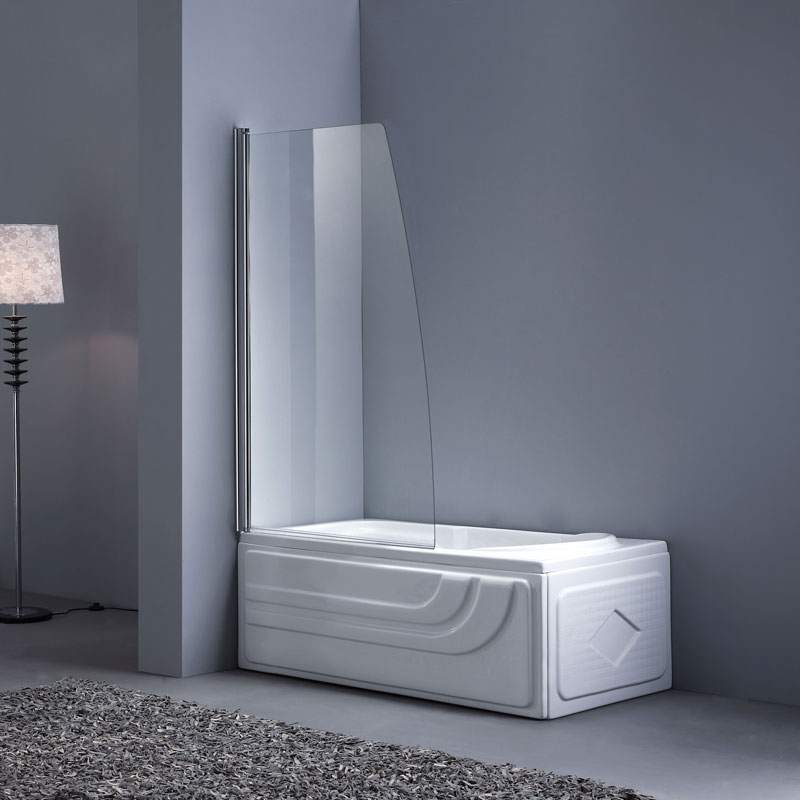
Pivot bathtub doors offer a sleek and contemporary appearance, enhancing the overall aesthetic of the bathroom.
Similar to hinge tub doors, pivot bathtub doors provide a wider entry opening, allowing for easy access to the tub.
Some pivot bathtub doors come with adjustable pivot hinges, allowing for precise fitting and alignment on uneven surfaces.
Pivot tub doors require less clearance space than hinged doors, making them suitable for smaller bathrooms or tight spaces.
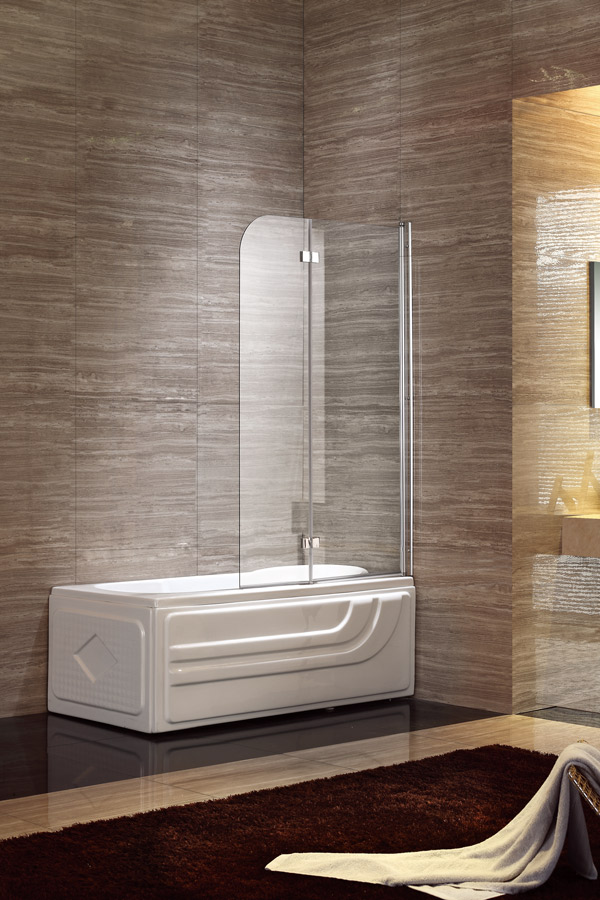
1. Measure and Prepare: Gather tools and materials. Measure the tub opening.
2. Choose Door Type: Select preferred door type (sliding, hinged, pivot).
3. Install Bottom Track/Threshold: Follow instructions to secure bottom track/threshold.
4. Attach Side Jambs/Tracks: Install the side jambs or tracks according to the manufacturer’s instructions.
5. Mount Door Panels: Attach door panels to jambs/tracks, ensuring level alignment.
6. Adjust and Secure Door: Make adjustments for fit and tighten screws.
7. Install Seals and Hardware: Place seals/gaskets and install additional hardware.
8. Check Operation: Test door for smooth movement and make adjustments if needed.
9. Caulk and Seal: Apply waterproof caulk/silicone along door edges, tub, and walls.
